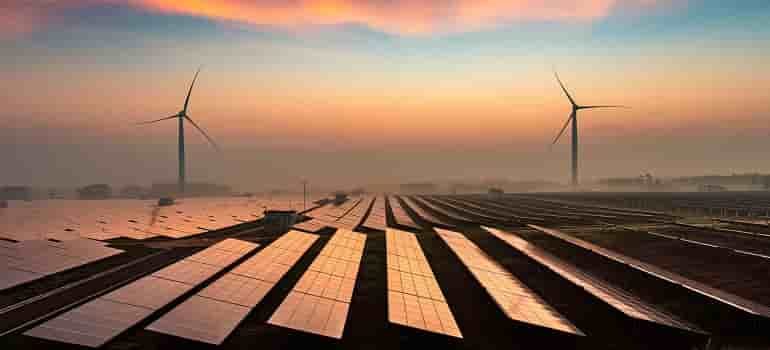Study highlights challenges and opportunities for scaling up solar, wind, and green hydrogen
A new study by the Council on Energy, Environment and Water (CEEW) has painted a nuanced picture of India’s renewable energy potential.
While the country boasts a vast resource base, the path to achieving its ambitious net-zero goals is fraught with challenges.
The study, “Unlocking India’s RE and Green Hydrogen Potential: An Assessment of Land, Water, and Climate Nexus,” reveals that India’s renewable energy potential exceeds 24,000 gigawatts (GW).
However, realizing this potential is not without its hurdles. Factors such as land availability, water scarcity, population density, and climate change pose significant constraints.
While the initial scaling of renewable energy up to 1,500 GW may be relatively manageable, surpassing this threshold will require a more strategic approach.
The study emphasizes the need for careful land use planning, efficient water management, and a robust power grid infrastructure to support the growth of renewable energy sources like solar, wind, and green hydrogen.
The CEEW’s analysis, which is based on detailed 5×5 km grid cells, highlights the geographic disparities in India’s renewable potential.
Population density, for instance, limits the development of renewable energy projects in many areas. Land conflicts and seismic risks further complicate the landscape.
Despite these challenges, states like Rajasthan, Madhya Pradesh, Maharashtra, and Ladakh possess significant untapped renewable energy potential.
Odisha and Madhya Pradesh, in particular, are poised to play a pivotal role in India’s energy transition due to their favorable conditions and existing infrastructure.
The study also underscores the importance of green hydrogen in India’s clean energy future. While the country has the potential to produce substantial quantities of green hydrogen, water availability and management will be critical factors.
The CEEW estimates that India could produce around 40 million tonnes per annum (MTPA) of green hydrogen by 2050.
To overcome these challenges and achieve its renewable energy goals, India will need to adopt a comprehensive approach.
This includes careful land use planning, efficient water management, grid infrastructure improvements, and stakeholder engagement. By addressing these issues, India can harness its renewable energy potential and contribute to a sustainable and low-carbon future.


